Eunsu Kang
Artistic Style in Robotic Painting; a Machine Learning Approach to Learning Brushstroke from Human Artists
Jul 07, 2020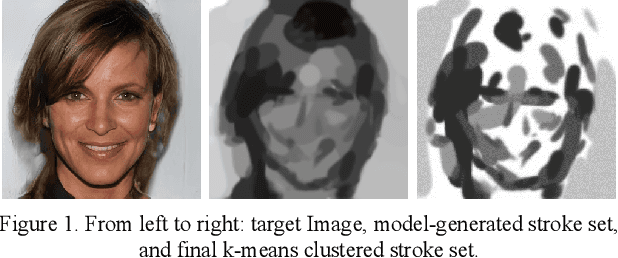
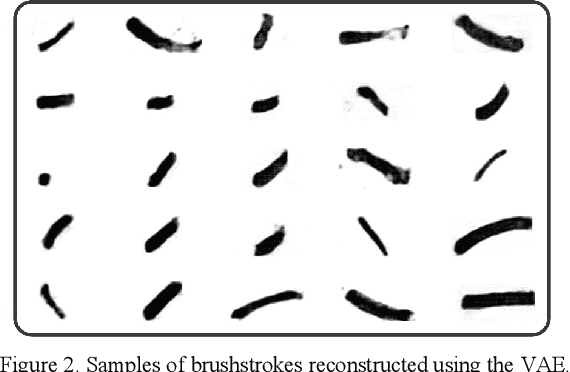
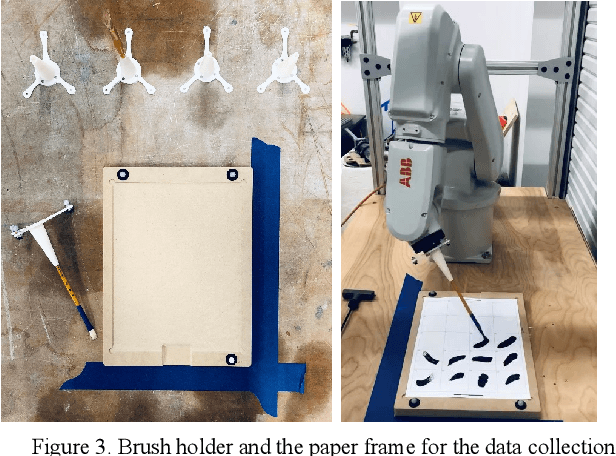
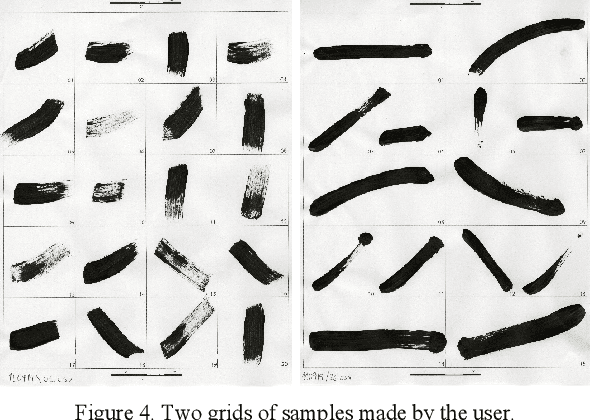
Abstract:Robotic painting has been a subject of interest among both artists and roboticists since the 1970s. Researchers and interdisciplinary artists have employed various painting techniques and human-robot collaboration models to create visual mediums on canvas. One of the challenges of robotic painting is to apply a desired artistic style to the painting. Style transfer techniques with machine learning models have helped us address this challenge with the visual style of a specific painting. However, other manual elements of style, i.e., painting techniques and brushstrokes of an artist have not been fully addressed. We propose a method to integrate an artistic style to the brushstrokes and the painting process through collaboration with a human artist. In this paper, we describe our approach to 1) collect brushstrokes and hand-brush motion samples from an artist, and 2) train a generative model to generate brushstrokes that pertains to the artist's style, and 3) integrate the learned model on a robot arm to paint on a canvas. In a preliminary study, 71% of human evaluators find our robot's paintings pertaining to the characteristics of the artist's style.
Learned Interpolation for 3D Generation
Jan 24, 2020
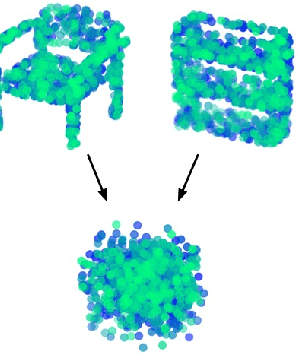
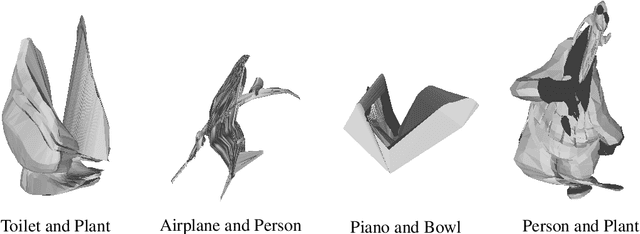
Abstract:In order to generate novel 3D shapes with machine learning, one must allow for interpolation. The typical approach for incorporating this creative process is to interpolate in a learned latent space so as to avoid the problem of generating unrealistic instances by exploiting the model's learned structure. The process of the interpolation is supposed to form a semantically smooth morphing. While this approach is sound for synthesizing realistic media such as lifelike portraits or new designs for everyday objects, it subjectively fails to directly model the unexpected, unrealistic, or creative. In this work, we present a method for learning how to interpolate point clouds. By encoding prior knowledge about real-world objects, the intermediate forms are both realistic and unlike any existing forms. We show not only how this method can be used to generate "creative" point clouds, but how the method can also be leveraged to generate 3D models suitable for sculpture.
Getting Topology and Point Cloud Generation to Mesh
Dec 08, 2019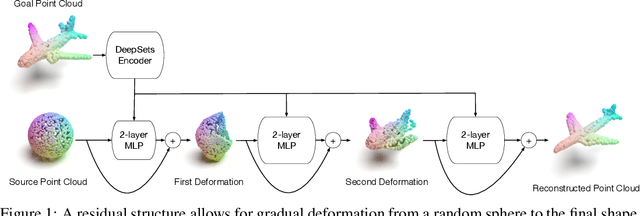
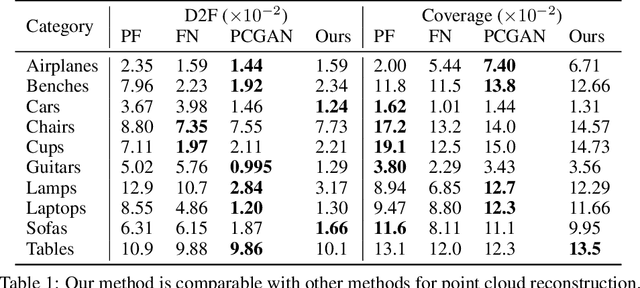

Abstract:In this work, we explore the idea that effective generative models for point clouds under the autoencoding framework must acknowledge the relationship between a continuous surface, a discretized mesh, and a set of points sampled from the surface. This view motivates a generative model that works by progressively deforming a uniform sphere until it approximates the goal point cloud. We review the underlying concepts leading to this conclusion from computer graphics and topology in differential geometry, and model the generation process as deformation via deep neural network parameterization. Finally, we show that this view of the problem produces a model that can generate quality meshes efficiently.
LucidDream: Controlled Temporally-Consistent DeepDream on Videos
Nov 27, 2019



Abstract:In this work, we aim to propose a set of techniques to improve the controllability and aesthetic appeal when DeepDream, which uses a pre-trained neural network to modify images by hallucinating objects into them, is applied to videos. In particular, we demonstrate a simple modification that improves control over the class of object that DeepDream is induced to hallucinate. We also show that the flickering artifacts which frequently appear when DeepDream is applied on videos can be mitigated by the use of an additional temporal consistency loss term.
Developing Creative AI to Generate Sculptural Objects
Aug 20, 2019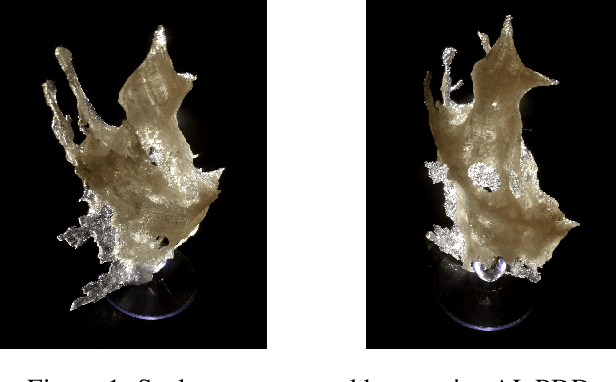
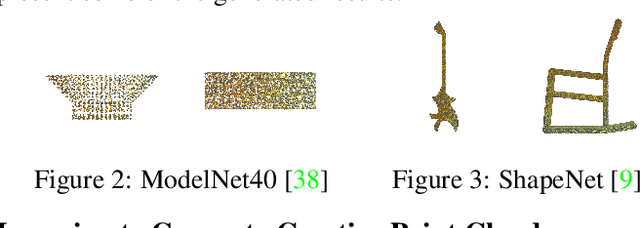
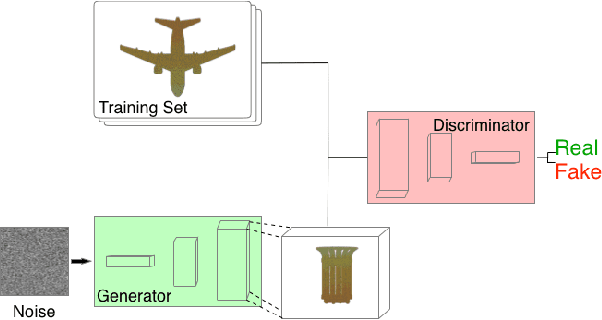
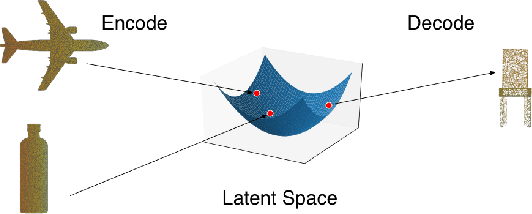
Abstract:We explore the intersection of human and machine creativity by generating sculptural objects through machine learning. This research raises questions about both the technical details of automatic art generation and the interaction between AI and people, as both artists and the audience of art. We introduce two algorithms for generating 3D point clouds and then discuss their actualization as sculpture and incorporation into a holistic art installation. Specifically, the Amalgamated DeepDream (ADD) algorithm solves the sparsity problem caused by the naive DeepDream-inspired approach and generates creative and printable point clouds. The Partitioned DeepDream (PDD) algorithm further allows us to explore more diverse 3D object creation by combining point cloud clustering algorithms and ADD.
The Myths of Our Time: Fake News
Aug 05, 2019



Abstract:While the purpose of most fake news is misinformation and political propaganda, our team sees it as a new type of myth that is created by people in the age of internet identities and artificial intelligence. Seeking insights on the fear and desire hidden underneath these modified or generated stories, we use machine learning methods to generate fake articles and present them in the form of an online news blog. This paper aims to share the details of our pipeline and the techniques used for full generation of fake news, from dataset collection to presentation as a media art project on the internet.
* 5 pages, 5 figures, in proceedings of International Symposium on Electronic Art 2019 (ISEA)
Machinic Surrogates: Human-Machine Relationships in Computational Creativity
Aug 03, 2019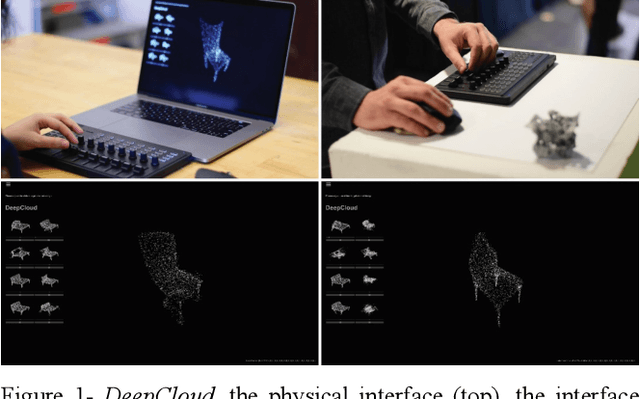
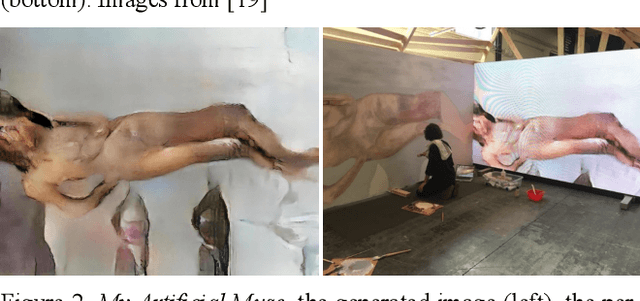
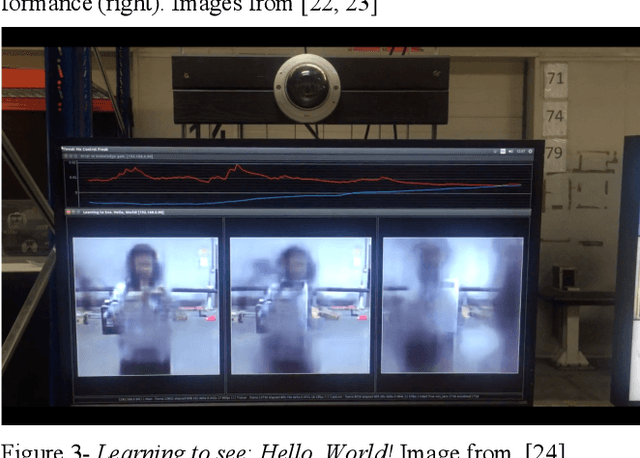
Abstract:Recent advancements in artificial intelligence (AI) and its sub-branch machine learning (ML) promise machines that go beyond the boundaries of automation and behave autonomously. Applications of these machines in creative practices such as art and design entail relationships between users and machines that have been described as a form of collaboration or co-creation between computational and human agents. This paper uses examples from art and design to argue that this frame is incomplete as it fails to acknowledge the socio-technical nature of AI systems, and the different human agencies involved in their design, implementation, and operation. Situating applications of AI-enabled tools in creative practices in a spectrum between automation and autonomy, this paper distinguishes different kinds of human engagement elicited by systems deemed automated or autonomous. Reviewing models of artistic collaboration during the late 20th century, it suggests that collaboration is at the core of these artistic practices. We build upon the growing literature of machine learning and art to look for the human agencies inscribed in works of computational creativity, and expand the co-creation frame to incorporate emerging forms of human-human collaboration mediated through technical artifacts such as algorithms and data.
Hallucinating Point Cloud into 3D Sculptural Object
Nov 29, 2018
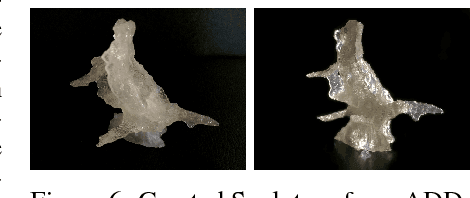
Abstract:Our team of artists and machine learning researchers designed a creative algorithm that can generate authentic sculptural artworks. These artworks do not mimic any given forms and cannot be easily categorized into the dataset categories. Our approach extends DeepDream from images to 3D point clouds. The proposed algorithm, Amalgamated DeepDream (ADD), leverages the properties of point clouds to create objects with better quality than the naive extension. ADD presents promise for the creativity of machines, the kind of creativity that pushes artists to explore novel methods or materials and to create new genres instead of creating variations of existing forms or styles within one genre. For example, from Realism to Abstract Expressionism, or to Minimalism. Lastly, we present the sculptures that are 3D printed based on the point clouds created by ADD.
 Add to Chrome
Add to Chrome Add to Firefox
Add to Firefox Add to Edge
Add to Edge